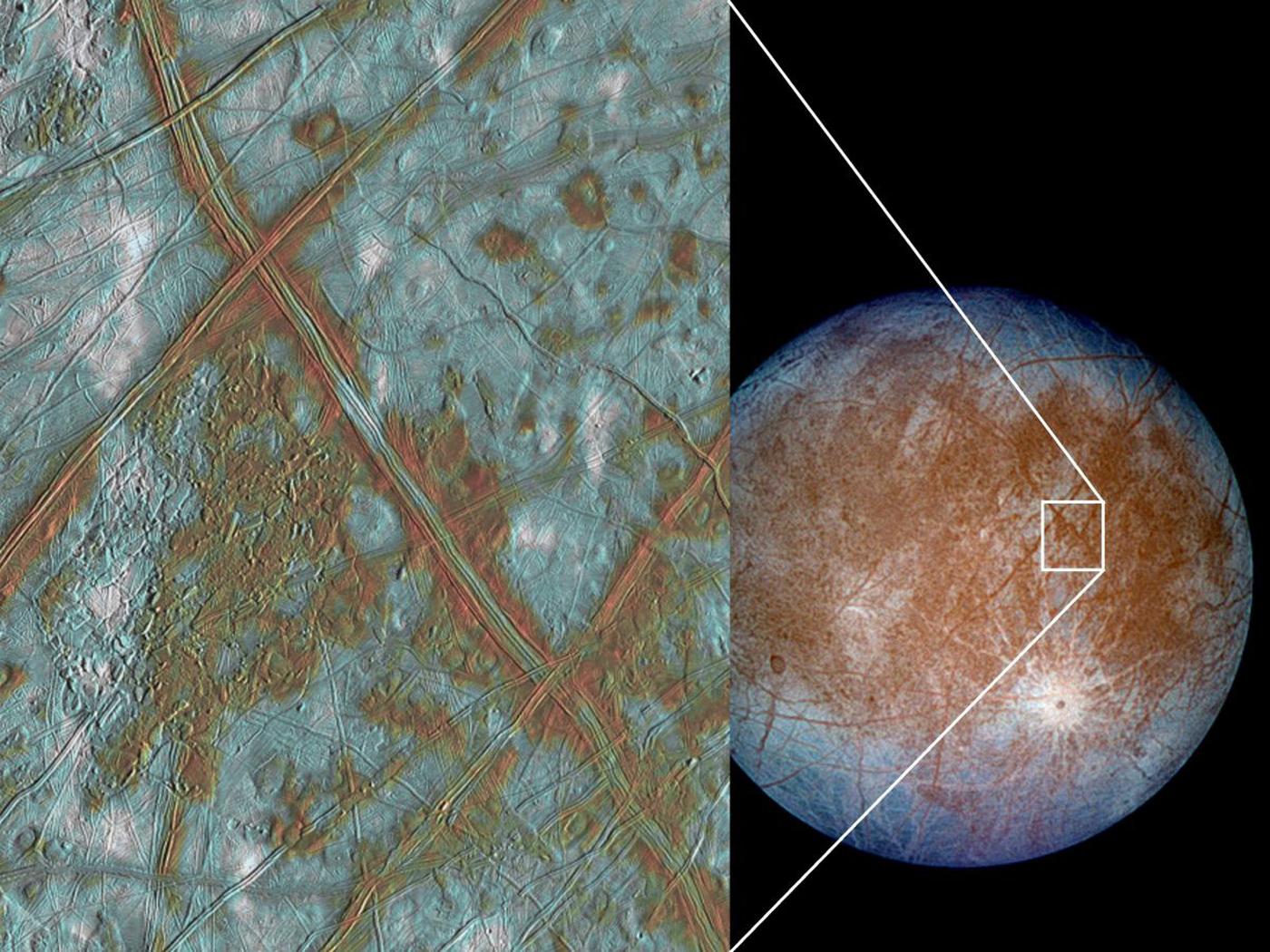
According to SETI Institute Senior Astronomer Seth Shostak in an interview with Futurism, there are seven places in our solar system that may be promising places to look for extraterrestrial microbial life: Mars, three moons of Jupiter – Europa, Ganymede and Calista, two of Saturn’s moons – Titan and Enceladus, and Pluto.
 Artificial Intelligence
Artificial IntelligenceArtificial intelligence is already transforming the world – from robots to smart speakers to digital assistants to self-driving cars. Everyone has an opinion and some are more optimistic about the future of AI and its impact on humanity than others. SETI Institute Senior Astronomer Seth Shostak offered his thoughts in a recent article in Futurism:
“The first generation [of AI] is just going to do what you tell them; however, by the third generation, then they will have their own agenda,” Shostak said.
However, Shostak doesn’t believe sophisticated AI will end up enslaving the human race — instead, he predicts, humans will simply become immaterial to these hyper- intelligent machines. Shostak thinks that these machines will exist on an intellectual plane so far above humans that, at worst, we will be nothing more than a tolerable nuisance.
 Big Picture Science
Big Picture ScienceLast week, our encore presentation of Aliens – The Evidence talked to Ben Radford, Paul Davies and Jill Tarter about how likely we may, or may not be to encounter extraterrestrial life. This week It’s in the Material examines spacesuit design and innovative materials used to “reboot the suit.”
Big Picture Science also made the news in Earth Magazine, Big Picture Science Aptly Named. As producer Molly Bentley notes, “We’re willing to be playful and not dry, but are faithful to the science. We’re not trying to be entertainment, although we want to be entertaining.”
Next Wednesday, October 11 at 2PM PDT we’ll go behind the scenes at Big Picture Science on the SETI Institute’s Facebook Live - https://www.facebook.com/SETIInstitute/.
Last week’s Facebook Live featured artist and illustrator Danielle Futselaar who creates incredible images of places in space. This week we spoke with Eduardo Bendek of the Baer Institute and SETI Institute scientist Franck Marchis about exoplanet detection and imaging.
- All past Facebook Live videos can be seen on the SETI Institute’s Facebook page at https://www.facebook.com/SETIInstitute/.
- G.I.R.L. (Girl Scouts Convention), October 6-8, Columbus, OH Pamela Harman will participate in a panel discussion and share information about the SETI Institute’s work to develop space science badges for the Girl Scouts.
- Silicon Valley Astronomy Lecture Series: October 11, Los Altos Hills, CA Jill Tarter will offer a free public lecture, Discovering Life Beyond Earth.
- East Bay Astronomical Society: October 14, Oakland, CA Franck Marchis will deliver a talk, The Search for a Cousin of Earth: Science or Fiction?
- Division of Planetary Sciences, October 15-20, Provo, UT SETI Institute Scientist Matt Tiscareno is a featured speaker who will present research on the planetary rings of Saturn and the Cassini mission. Other SETI Institute scientists whose work will be featured at the conference include Christina Dalle Ore, Melissa McGrath, Mark Showalter, Franck Marchis, Driss Takir, Robert Morris, Matija Cuk, Ross Beyer, David Hinson, Erin Ryan, and Peter Tenenbaum.
- American Geophysical Union: December 11-15, New Orleans, LA SETI Institute Scientist Matt Tiscareno will present research on the planetary rings of Saturn and the Cassini mission.





